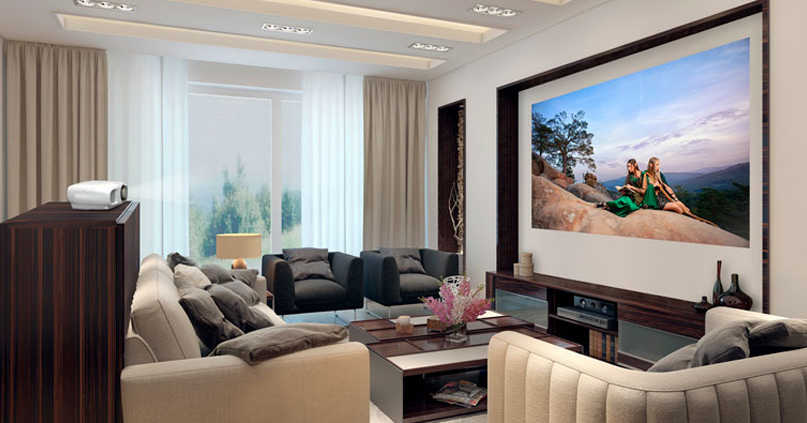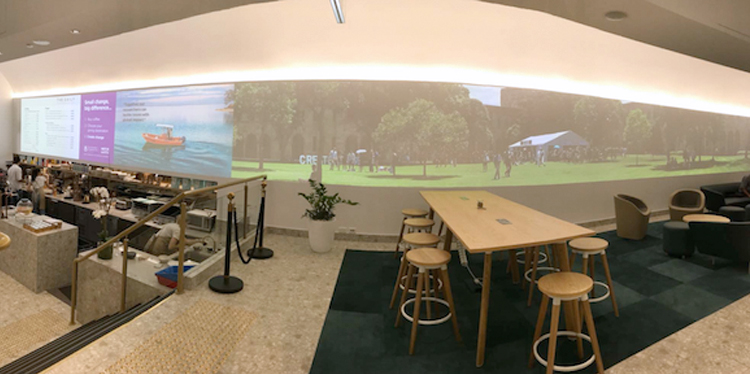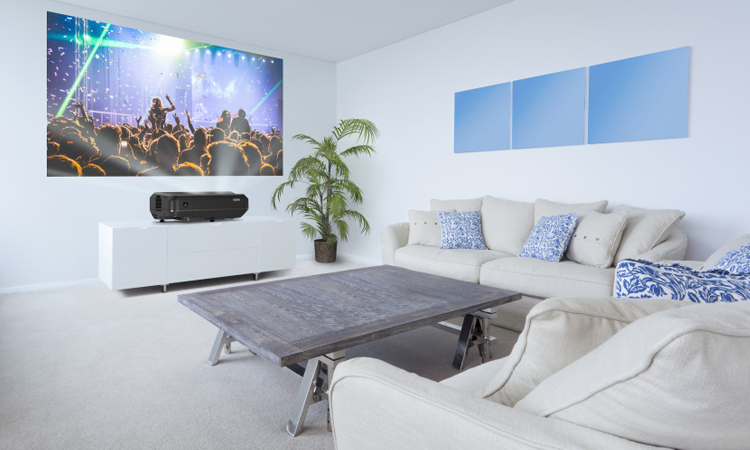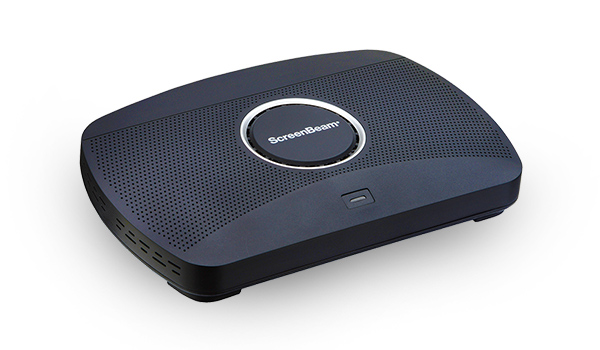A home theatre is a great place to get family and friends in one place, away from hand-held devices and spending time together. And when school holidays roll around, your kids will be begging to lock themselves away with their mates, keeping them out from under your feet (at least until they get hungry).
But if you're going to do this, you need to do it right. So how do you get the most from a home theatre setup? Below, we've listed a series of tips to improve the cinema experience in your house.
Choosing the right device
- TV vs. projector: TVs are typically easier to set up, but average big-screen tellies are only around 55-65 inches. Meanwhile, you can get projectors that stretch up to 300 inches.
- Invest in a projector screen: You can project onto a wall, but its texture could interfere with the picture quality. Screens aren't too expensive but dramatically improve the viewing experience.
- Place seats in the right location: If you were to draw a line from your head to both the screen's left and right edges, the angle created should be between 36 and 50 degrees. This is the optimum viewing angle, according to recommendations from THX, 20th Century Fox and the US Society of Motion Picture and Television Engineers.
- Keep a gap between the couch and the back wall: If your suite is within a metre or so of the back wall, you might experience unwanted bass and a less-3D soundscape (as there's no room behind you for speakers).
Getting that 'cinema' sound
- Balance your sound system: You'll need a subwoofer for bass, centre channel for dialogue clarity, surround sound speakers to create 3D immersion and a receiver unit to plug it all into your projector. Most out-of-the-box home theatre systems come with all of the above, available at stores like Harvey Norman or JB Hi-Fi in Australia and Warehouse Stationery or Harvey Norman in New Zealand.
- Add extra bass: Placing a subwoofer near a wall, or even better, a corner, will generate extra bass to add more punch to those big film scores or explosions.
- Reduce obstacles in the way of speakers: Try to remove any obstacles between your speakers and your couch, as this will improve sound quality.
- Get blackout curtains: For the highest-quality image, you need blackout curtains. This allows you to completely control the light in your theatre room so it doesn't interfere with the picture brightness.
- Make sure your room has doors: Open-plan spaces don't work quite as well as closed rooms for home theatres, as you'll have less control over light (and ambient noise).













